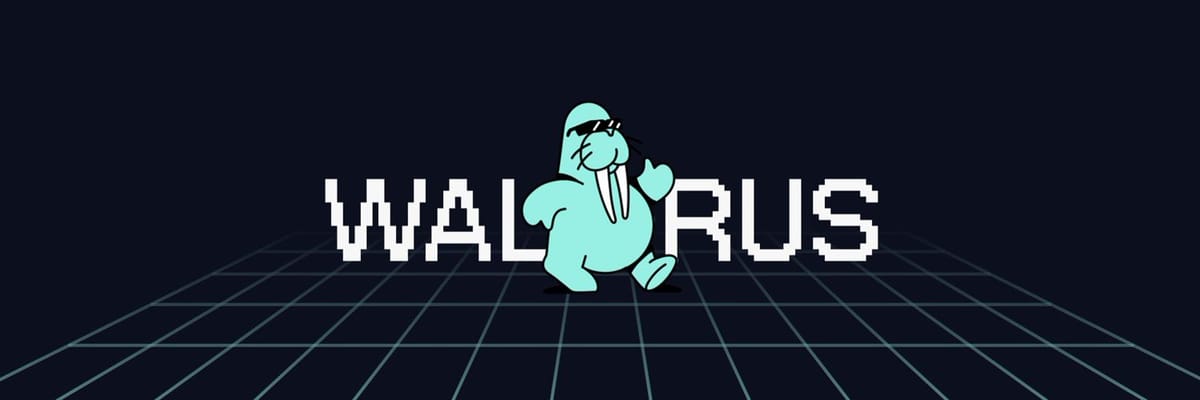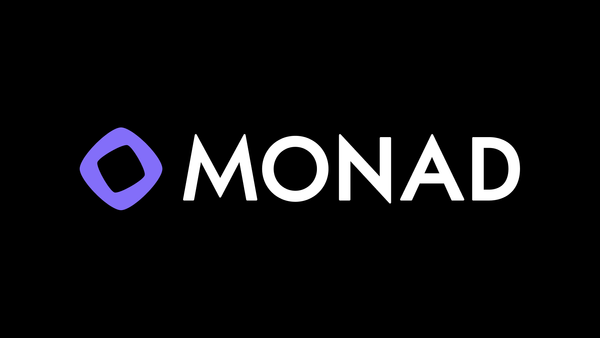Introducing Walrus: The Future of Decentralized Storage

In the ever-evolving landscape of blockchain technology, data storage has emerged as a critical challenge. Traditional on-chain storage systems are often hampered by inefficiencies, high replication costs, and scalability issues. Addressing these concerns, Walrus has been developed as a robust decentralized storage solution, leveraging the innovative capabilities of the Sui blockchain network. Here, we dive into the revolutionary features of Walrus and its potential impact on the decentralized storage ecosystem.
The Challenges of Replication and Storage Costs
Most blockchain systems rely on full replication of data across all validators, leading to massive redundancy and high operational costs. For example, the Sui network’s current storage model replicates data with a factor of 100x or more to ensure security and fault tolerance. While this approach is necessary for computational integrity, it is highly inefficient for storing unstructured data such as media files, NFTs, or historical blockchain snapshots.
Walrus tackles this inefficiency head-on by introducing a decentralized storage architecture optimized for scalability, affordability, and reliability.
What is Walrus?
Walrus is a decentralized storage network that provides exceptional data availability with minimal replication. It is designed to store large data volumes efficiently while ensuring high availability and resilience against faults.
Key Features of Walrus
- Cost-Effective Blob Storage: Walrus allows gigabyte-scale uploads at a fraction of traditional costs. By transmitting data blobs only once and distributing storage across network nodes, Walrus minimizes resource usage while maintaining data integrity.
- High Availability and Robustness: Walrus’ storage model ensures data recovery even if two-thirds of nodes fail. This reliability is bolstered by certificates that guarantee availability without requiring users to download entire blobs.
- Dynamic Scalability: Powered by the Sui blockchain, Walrus scales horizontally to hundreds or thousands of storage nodes. This enables the system to offer petabytes of storage at competitive costs compared to centralized providers.
- Support for Multiple Use Cases:
- NFT Media Storage: Directly store and serve images, sounds, and videos.
- AI-Related Applications: Store clean datasets or model proofs with verified provenance.
- Long-Term Blockchain Archival: Efficiently archive blockchain history, including snapshots and state transitions.
How Walrus Works
Walrus employs innovative encoding techniques to break data into smaller units called slivers. These slivers are distributed across storage nodes to achieve redundancy and fault tolerance. The system uses advanced erasure coding, allowing blobs to be reconstructed from a subset of slivers. This reduces storage overhead while maintaining data integrity.
Additionally, storage operations on Walrus are managed through epochs. Users can specify how many epochs their data should remain available. As epochs progress, Walrus ensures that data is dynamically managed, re-certified, or deleted based on user requirements.
Integration with the Sui Network
Walrus is tightly integrated with the Sui blockchain, leveraging its advanced features for secure and transparent operations. All blob metadata, storage transactions, and certifications are recorded on-chain, ensuring accountability and verifiability.
Sui’s scalability and low-latency capabilities enable Walrus to handle high transaction volumes without compromising performance. Moreover, Walrus introduces a utility token, WAL, for payments and incentives, with smaller units called FROST for granular cost calculations.
User-Friendly Storage Operations
Walrus offers an intuitive command-line interface (CLI) for managing storage tasks, such as:
- Uploading Data: Easily store blobs using a single command.
- Querying Status: Check the availability and certification of stored blobs.
- Deleting Blobs: Reclaim storage by removing unused or expired data.
For developers, Walrus provides APIs for seamless integration into decentralized applications (dApps), enabling use cases such as NFT marketplaces, AI data sharing platforms, and more.
The Future of Walrus
Walrus is set to revolutionize the decentralized storage ecosystem by bridging the gap between affordability, reliability, and usability. As the network evolves, upcoming features include:
- Dynamic adjustments to storage nodes.
- Expansion of supported use cases.
- Improved tooling for developers and enterprises.
By enabling cost-effective and reliable data storage, Walrus positions itself as a cornerstone for the Web3 infrastructure, empowering users and developers to build a truly decentralized future.



